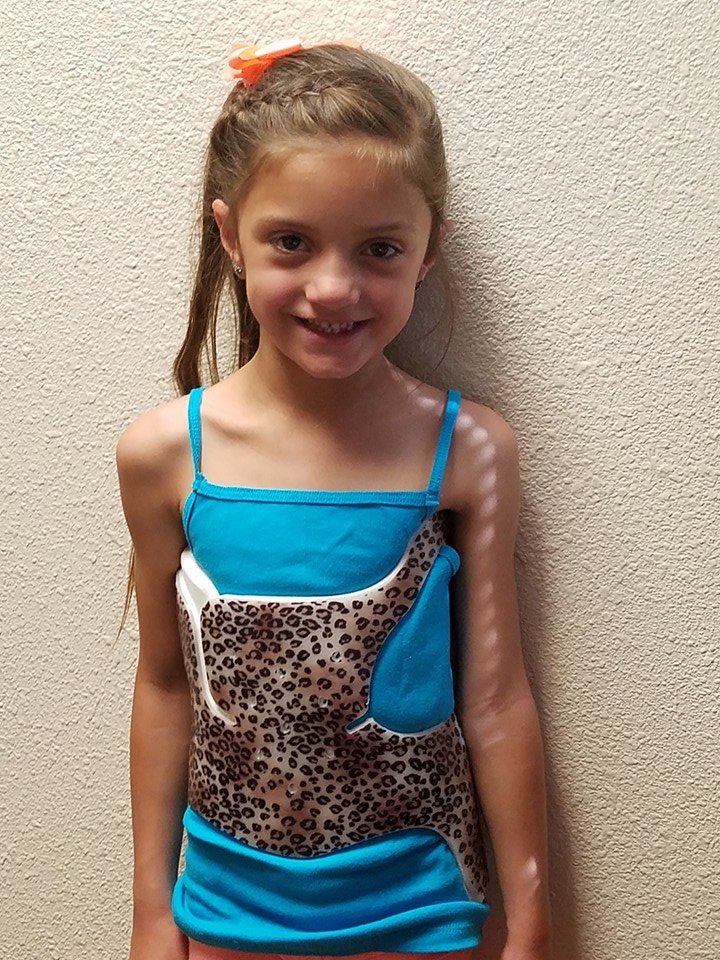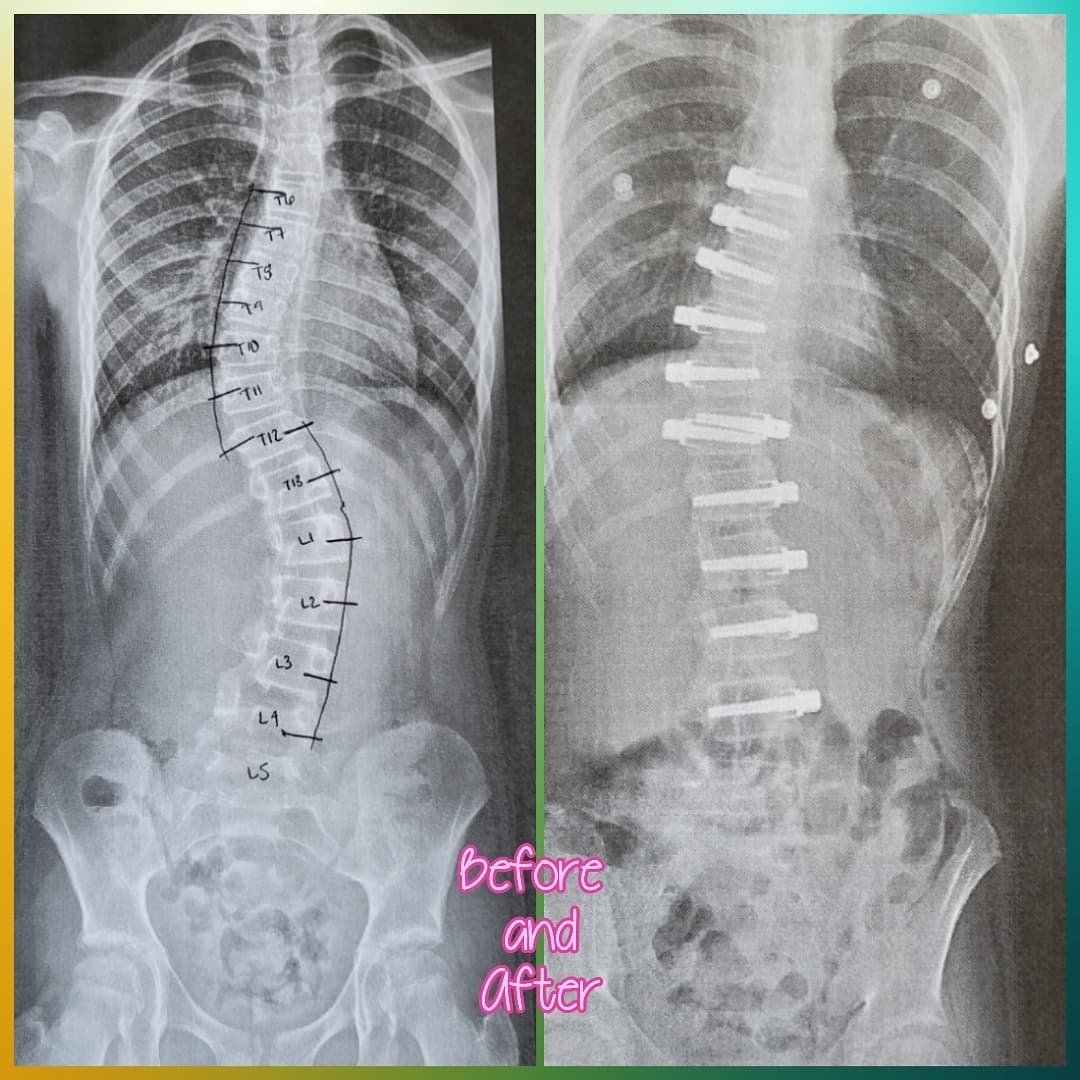International Scoliosis Awareness Day: An Interview with Brown Ballerina Ambassador Kherington Miller
Kherington Miller is a ballerina from Aurora, Colorado who has been battling with Scoliosis since she was 6. Scoliosis is a spinal deformity that causes the spinal cord to twist or curve to the side. It usually occurs during the body’s growth spurt before puberty. As she anticipates her 13th birthday this week, Kherington wants to share her “Scoli-story” in honor of International Scoliosis Awareness Day (June 26th).
Kherington started dancing when she was 4, specializing in ballet, pointe, jazz, and lyrical techniques. She dances at Miller’s Dance Studio, and is the newest member of its competition company, Miller’s Dance Force. In her interview below, Kherington shares details about her Scoliosis diagnosis, recovering from surgery, and more in hopes to shed light on what it’s like to be a ballerina with physically the debilitating condition.
Photo: Kherington Miller; shot by TaKiyah Wallace
What was your first reaction when you were diagnosed with Scoliosis?
I was really scared that I wasn't going to be able to do anything, but I had my family, friends, and teachers to support me.
How has Scoliosis affected your dance journey?
Scoliosis has affected my dance journey by the way I do certain moves in dance and the way I see dance in life. I made sure to wear my brace and follow the doctor's instructions to make sure that I could continue to dance.
Photo: Kherington Miller in her brace; shot by Doni Miller
How do you stay motivated and inspired when you’re feeling discouraged?
When I am feeling discouraged, I dance the best that I can and sometimes I imagine that my idols, Misty Copeland and Paige Fraser-Hoffman, are watching me dance. Sometimes, I get so inspired that I just have to dance. Dance really makes me feel better on my bad days.
How has having Scoliosis taught you to listen to your body?
When you wear a back brace, you have this dull, aching pain that's there most of the time. I had to learn the difference between that pain and a sharp or burning pain that would mean something was wrong with my brace or my curves might be getting worse. I got really tired coming back to dance form surgery and I had to stop and rest.
What do you do to rest and recover when necessary?
When it's necessary for me to rest, I take a nap or I sit down and relax for an hour. Then, I make something that will give me energy, like a smoothie or peanut butter sandwich, and get back to what I was doing.
Photo: Kherington’s spine before and after surgery; provided by Doni Miller
Tell us about your surgery and recovery. Now that you’ve completed the surgery, what is next in your treatment plan?
My surgery and recovery was very rough for me because all I wanted to do was dance. The surgery took 8 hours to complete and I spent 6 days in the hospital. When I got home from the hospital, I couldn't bend, lift over 5 pounds, and I couldn't twist for 6 weeks straight. Then, I started physical therapy and I did that for 3 months.
I went back to school only 2 weeks after my surgery, which was really hard because I wanted to be with my friends, but I would get really tired. Some days I could only last 2 hours at school and would have to come home. Now that the recovery is done, I go to the doctor every 6 months for a check up. I will continue to go to my spine doctor until I stop growing - around 16 or 17.
What do you want other dancers who may be suffering from similar conditions to know?
I want other dancers with similar conditions to know that you should never give up, and even when times get rough, everything is going to be fine. You are amazing.
If you could change the future of dance/the dance industry, what changes would you make?
If I could change the future of dance, I would have more dancers with scoliosis, more dancers of color, and make sure that dancers get paid more than what they get paid now.
Is there anything else you want to share with dancers reading this article?
Dancers with health issues like Scoliosis should keep pushing! We're really strong and can do anything that we want to do!
Photo: Kherington Miller; shot by TaKiyah Wallace
Over the next few years, Kherington plans to continue dancing and attending school. Her goal is to be able to attend college on a dance scholarship before becoming a professional dancer. Follow her dance journey on Instagram!
For more information and resources about Scoliosis, check out the Scoliosis Research Society and the National Scoliosis Center online.
Note: This interview was edited for clarity and concision.




